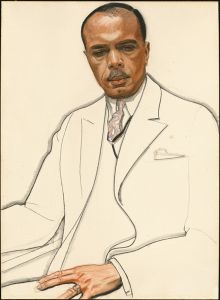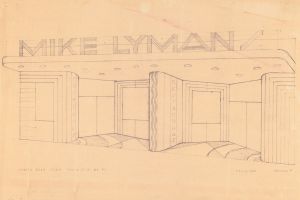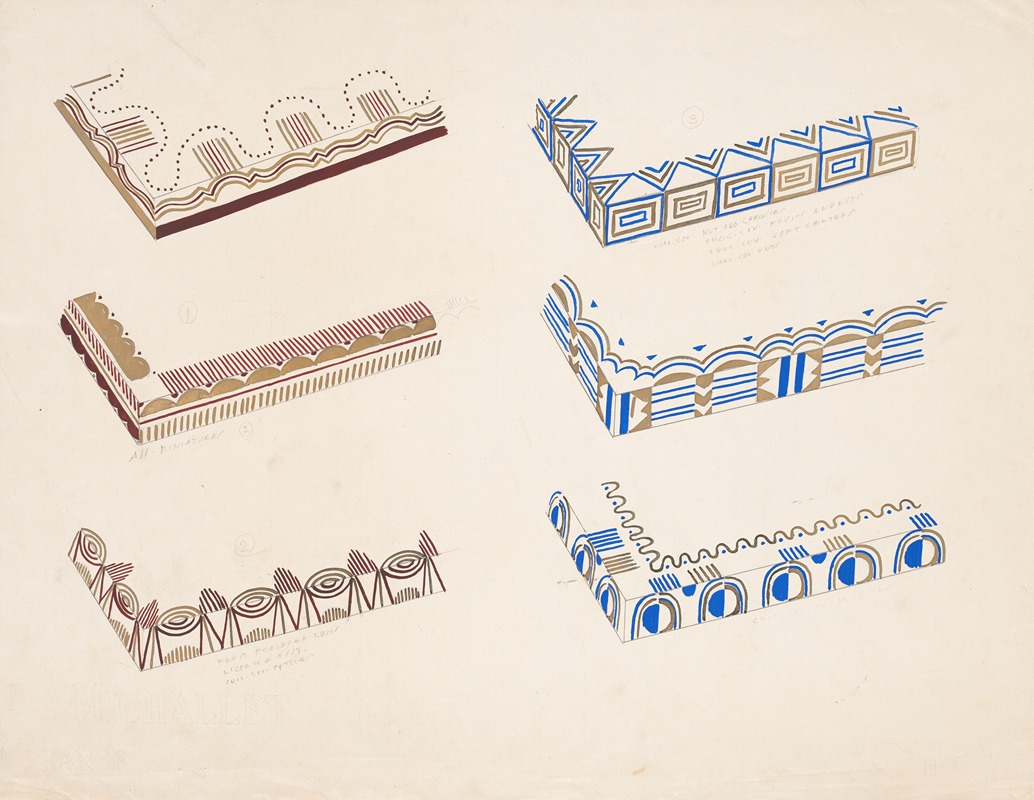
Graphic design drawings for Barricini Candy packages.] [3-D Study for 6 rectangular boxes
A hand-painted replica of Winold Reiss’s masterpiece Graphic design drawings for Barricini Candy packages.] [3-D Study for 6 rectangular boxes, meticulously crafted by professional artists to capture the true essence of the original. Each piece is created with museum-quality canvas and rare mineral pigments, carefully painted by experienced artists with delicate brushstrokes and rich, layered colors to perfectly recreate the texture of the original artwork. Unlike machine-printed reproductions, this hand-painted version brings the painting to life, infused with the artist’s emotions and skill in every stroke. Whether for personal collection or home decoration, it instantly elevates the artistic atmosphere of any space.
Winold Reiss was a German-American artist and designer known for his contributions to modern graphic design and his influence on American art in the early to mid-20th century. Born in Germany in 1886, Reiss immigrated to the United States in 1913, where he became a prominent figure in the art and design community. His work spanned various mediums, including painting, illustration, and graphic design, and he is particularly noted for his innovative use of color and form.
One of Reiss's notable projects involved creating graphic design drawings for Barricini Candy packages. Barricini was a well-known confectionery brand in the United States, and Reiss's designs played a significant role in shaping the visual identity of the brand during his time. His work for Barricini exemplifies his ability to blend artistic creativity with commercial design, a skill that was highly sought after in the burgeoning field of graphic design in the early 20th century.
The "3-D Study for 6 Rectangular Boxes" is a specific piece by Reiss that showcases his approach to package design. This work is a study, meaning it was likely a preliminary design or concept intended to explore the visual possibilities for packaging. The study features six rectangular boxes, each potentially representing a different product or flavor within the Barricini Candy line. Reiss's design would have considered factors such as color, typography, and layout to create an appealing and functional package that would attract consumers and effectively communicate the brand's identity.
Reiss's approach to design was heavily influenced by his background in fine arts and his exposure to various artistic movements, including Art Deco and Modernism. These influences are evident in his use of geometric shapes, bold colors, and clean lines, which were characteristic of the design trends of the time. His work often incorporated elements of abstraction and stylization, which helped to set his designs apart from more traditional, illustrative approaches to packaging.
In addition to his work for Barricini, Winold Reiss contributed to a wide range of projects, including murals, interior designs, and portraits. He was also a respected educator, teaching at institutions such as the Art Students League of New York. His legacy in the field of graphic design is marked by his ability to seamlessly integrate artistic expression with commercial functionality, paving the way for future generations of designers.
Reiss's contributions to graphic design, particularly in the realm of packaging, highlight the importance of visual communication in consumer culture. His work for Barricini Candy remains a testament to his skill and creativity, reflecting the broader trends and innovations in design during the early 20th century. Through his designs, Reiss not only enhanced the visual appeal of products but also helped to elevate the role of graphic design as a crucial component of branding and marketing.





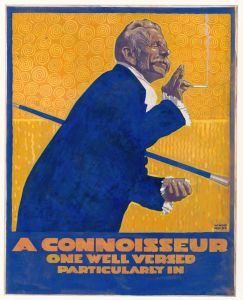
![Designs for Indian Room, Chic-n-Coop Restaurant, Montreal, Canada.] [Placemat design with chicken character wearing crown](/imgs/249244/s/winold-reiss-designs-for-indian-room-chicncoop-restaurant-montreal-canada-placemat-design-with-chicken-character-wearing-crown-67b965b8.jpg)
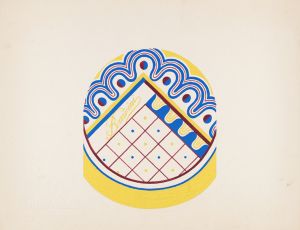
![Design for unidentified interior.] [Drawing of columned hall with altar on a stepped plinth and decorative frieze featuring elephants](/imgs/249300/s/winold-reiss-design-for-unidentified-interior-drawing-of-columned-hall-with-altar-on-a-stepped-plinth-and-decorative-frieze-featuring-elephants-5fe6009d.jpg)
![Designs for theater with black-framed proscenium and boldly colored settings.] [Study for stage light wall decoration, possibly for Caf ̌Crillon ….](/imgs/249332/s/winold-reiss-designs-for-theater-with-blackframed-proscenium-and-boldly-colored-settings-study-for-stage-light-wall-decoration-possibly-for-caf-crillon--84fb4ba6.jpg)
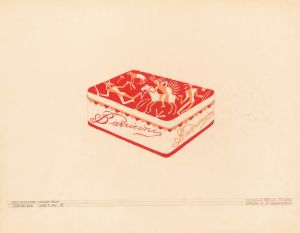
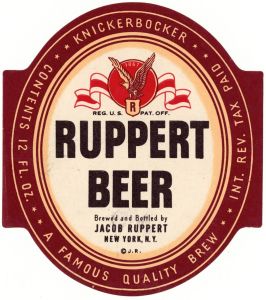
![Design proposals for Puck Theater, New York, NY.] [Interior perspective study.](/imgs/249413/s/winold-reiss-design-proposals-for-puck-theater-new-york-ny-interior-perspective-study-f0303b2a.jpg)
![Drawings for proposed decorations of Mike Lyman’s Restaurant, 424 W. Sixth St., Los Angeles, CA.] [Drawing #10, Scheme 1; Color scheme for ceiling – main dining room](/imgs/249426/s/winold-reiss-drawings-for-proposed-decorations-of-mike-lymans-restaurant-424-w-sixth-st-los-angeles-ca-drawing-10-scheme-1-color-scheme-for-ceiling-main-dining-room-6113fb5a.jpg)
![Miscellaneous small sketches for inlaid table tops.] [Design with geometric motif](/imgs/249435/s/winold-reiss-miscellaneous-small-sketches-for-inlaid-table-tops-design-with-geometric-motif-a72246b5.jpg)
